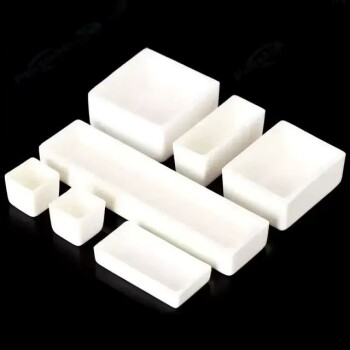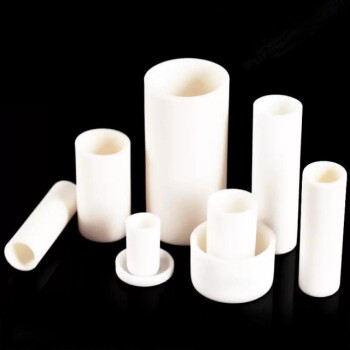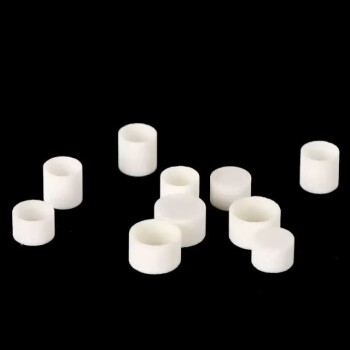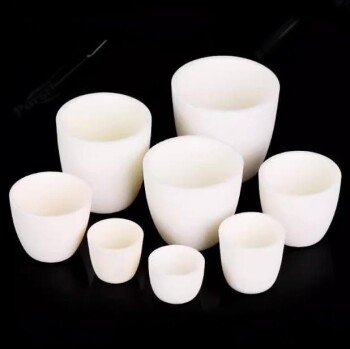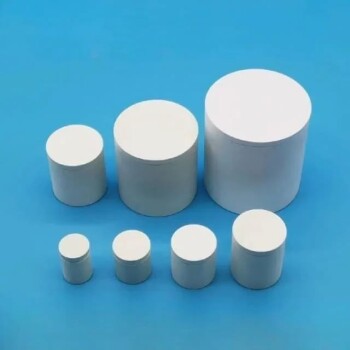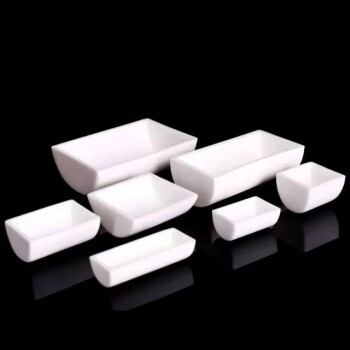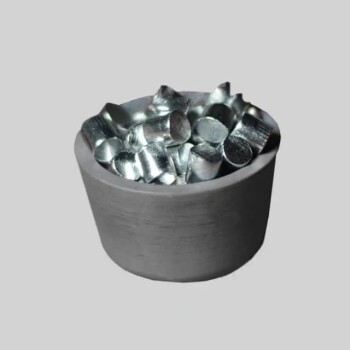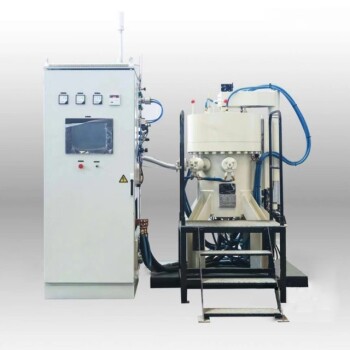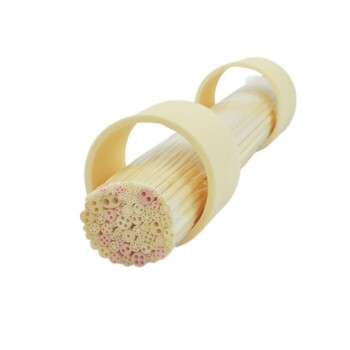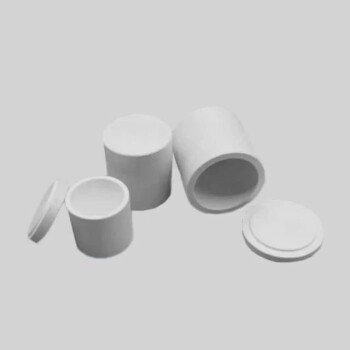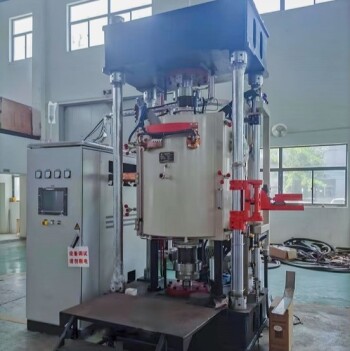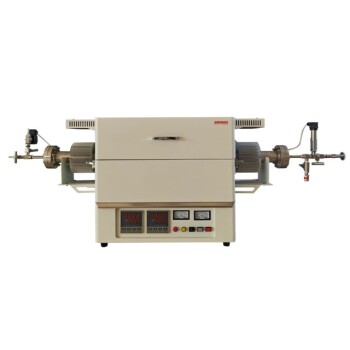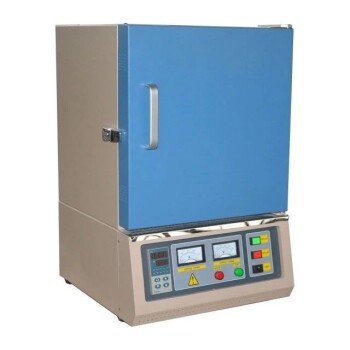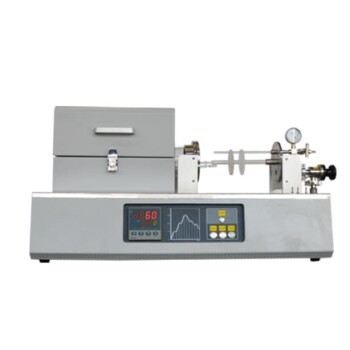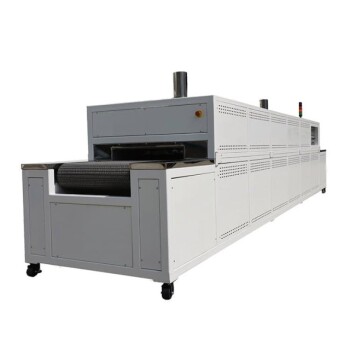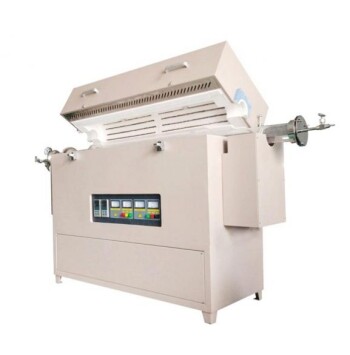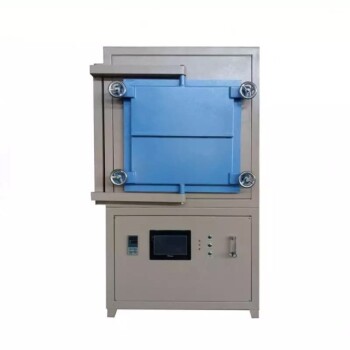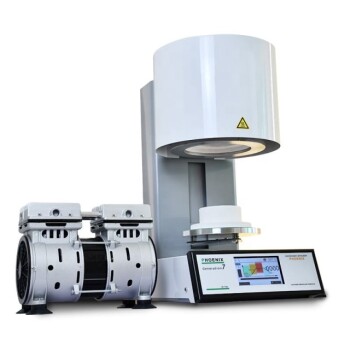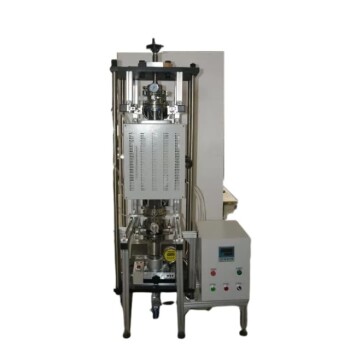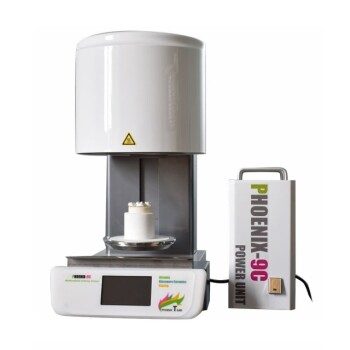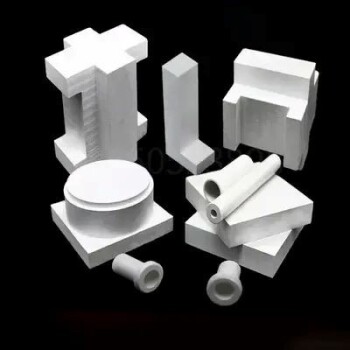Understanding Sample Bonding in Sintering
Causes of Sample Bonding
Sample bonding after sintering in an alumina crucible is a prevalent issue that can significantly impact the quality and integrity of the final product. This phenomenon often arises due to the extreme conditions encountered during the sintering process, particularly the high temperature and high pressure that are necessary for the consolidation and hardening of powdered materials.
Under these intense conditions, the surface of the samples can undergo a melting phenomenon, where the material softens and becomes more malleable. This melting can lead to the surfaces of adjacent samples fusing together, resulting in bonding. The severity of this issue can vary depending on the specific material properties, the duration of the sintering process, and the exact temperature and pressure parameters used.
| Factor | Description |
|---|---|
| High Temperature | The elevated temperatures required for sintering can cause sample surfaces to melt, leading to bonding. |
| High Pressure | The application of high pressure during sintering can further facilitate the contact and fusion of sample surfaces. |
| Material Properties | The chemical and physical properties of the material, such as melting point and thermal conductivity, play a crucial role in determining the likelihood of bonding. |
| Sintering Duration | Prolonged exposure to high temperatures and pressures increases the risk of sample bonding. |
Understanding these factors is essential for developing effective strategies to prevent sample bonding, ensuring the successful production of high-quality sintered components.
Importance of Sintering in Manufacturing
Sintering is a pivotal manufacturing process where powdered materials are compacted and solidified through intense heating. This technique is indispensable for achieving high dimensional accuracy, even in large-scale production runs. The versatility of sintering extends across numerous applications, making it a cornerstone in various industrial sectors.

The sintering process operates through a meticulous three-stage sequence:
- Formation of the Green Part: A blend of primary powder and a bonding agent is shaped into the desired form. The bonding agent, often a wax or polymer, facilitates the initial cohesion of the powder particles.
- Evaporation of the Bonding Agent: During the firing phase, the bonding agent either evaporates or combusts, leaving the shaped powder structure intact.
- Fusing of Particles: As the temperature escalates, either the primary particles partially melt at their surfaces, causing fusion, or an intermediate bonding agent, such as bronze, melts and binds the particles together without altering the primary powder.
The significance of sintering is manifold:
- Enhanced Mechanical Properties: Sintering can yield components with superior hardness and toughness, crucial for demanding applications.
- Complex Shaping: The process allows for intricate geometries, enabling the production of sophisticated parts.
- Tailored Material Compositions: Sintering facilitates the creation of materials with specific properties by blending different powders.
- Cost-Effectiveness: By optimizing material usage and reducing waste, sintering offers a cost-efficient manufacturing solution.
- Material Versatility: Sintering can be applied to a wide range of materials, from metals to ceramics, broadening its industrial utility.
By leveraging these advantages, industries can enhance production efficiency, improve product performance, and achieve significant cost savings.
Strategies to Prevent Sample Bonding
Control Sintering Temperature and Time
In the sintering process, meticulous control over the sintering temperature and time is paramount to prevent sample bonding. Both parameters are critical as they directly influence the surface state of the samples. When the temperature is too high or the sintering duration is excessively long, the surface of the samples can melt, leading to undesirable bonding between them. This phenomenon is particularly pronounced in materials that are more prone to surface melting, such as certain ceramics and metals.
The selection of an appropriate sintering temperature and time is contingent upon the specific material being processed and the conditions of the sintering environment. For instance, oxide ceramics typically do not require the use of gases like hydrogen and nitrogen, unless specific properties are desired. Conversely, nitrides, carbides, and metals often necessitate sintering under controlled atmospheres to achieve fully dense parts.
Moreover, the influence of sintering cycles, including ramp-up rates and hold times, cannot be overlooked. These factors significantly impact the intergranular bonding of particles within the material. For example, in 3D printing, where parts are built layer by layer, managing these cycles is crucial. Studies have shown that increasing the hold time from 30 minutes to 60 minutes can reduce pore size by approximately 25%, thereby affecting the overall porosity of the parts.
| Sintering Method | Heating Rate (°C/min) | Time to Reach 1200°C |
|---|---|---|
| Conventional | 5-8 | 2-4 hours |
| Spark Plasma Sintering (SPS) | >300 | 4 minutes |
In summary, the sintering process demands a delicate balance between temperature and time to prevent sample bonding. By carefully selecting and controlling these parameters, manufacturers can achieve the desired material properties while avoiding the pitfalls of surface melting and bonding.
Addition of Binder
The addition of a binder to the samples prior to sintering is a strategic measure aimed at enhancing the overall bonding within the samples, thereby mitigating the risk of inter-sample bonding. This technique is particularly effective in scenarios where the sintering process involves high temperatures and pressures, conditions that can lead to the melting of sample surfaces and subsequent adhesion. By incorporating a binder, the integrity of individual samples can be significantly improved, ensuring that they remain cohesive and do not fuse with adjacent samples during the sintering process.
The choice of binder is critical, as it must be compatible with the sample material and the sintering conditions. Common binders include organic polymers, waxes, and various synthetic compounds, each with its unique properties that can influence the sintering outcome. For instance, organic polymers often provide excellent thermal stability and can be tailored to match the specific thermal requirements of the sintering process. Conversely, waxes offer a more flexible option, allowing for easy application and removal post-sintering.
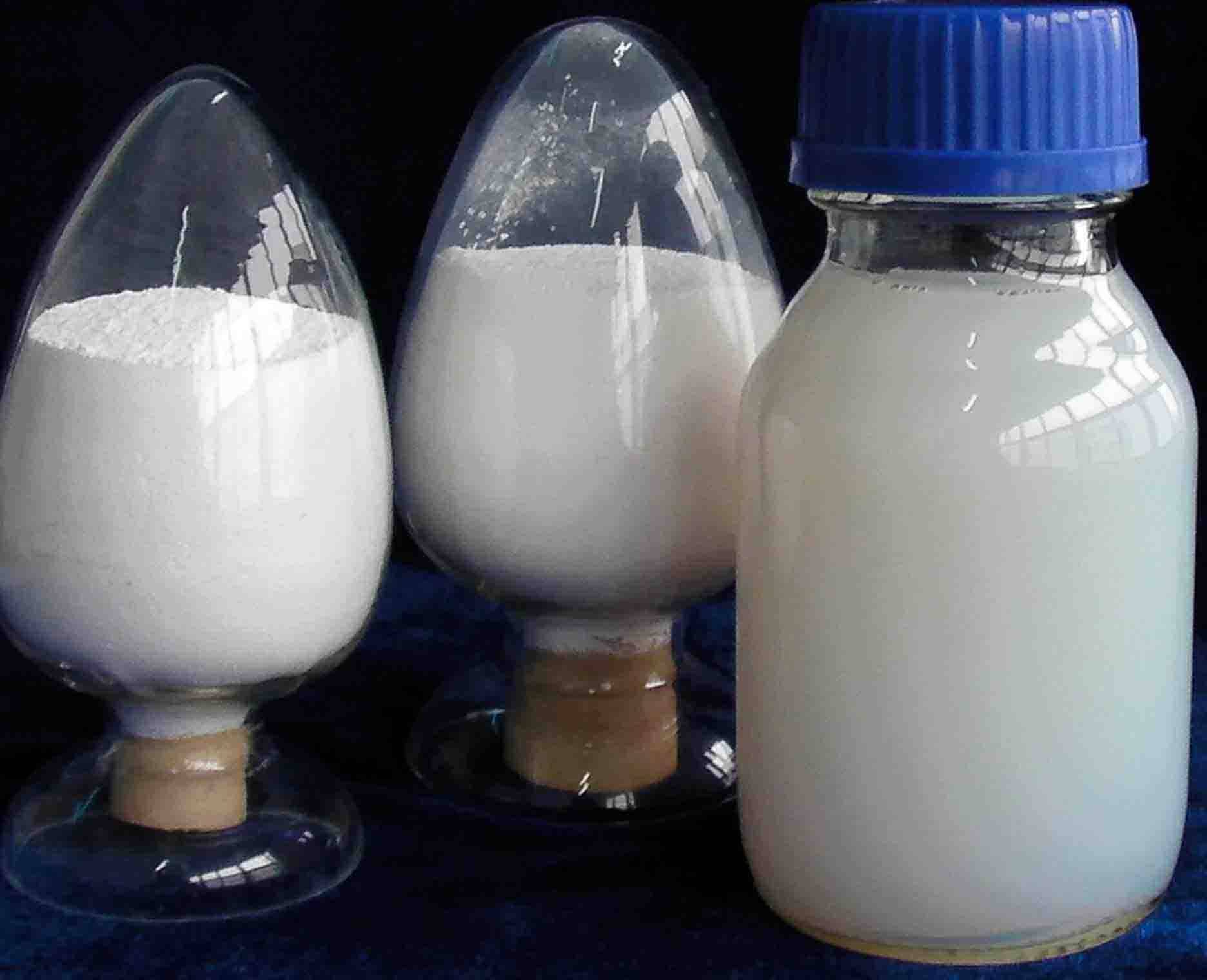
| Binder Type | Advantages | Disadvantages |
|---|---|---|
| Organic Polymers | High thermal stability, customizable properties | Potential for residue, complex application |
| Waxes | Easy application, flexible removal | Lower thermal stability, limited customization |
| Synthetic Compounds | Versatile properties, strong bonding | Higher cost, potential environmental impact |
The amount of binder added is also a key consideration. Too little binder may not provide sufficient bonding, while too much can lead to issues such as residue buildup, which can interfere with the sintering process and final product quality. Therefore, a careful balance must be struck to ensure optimal performance.
In summary, the judicious addition of a suitable binder can play a pivotal role in preventing sample bonding during sintering, thereby preserving the integrity and functionality of the final product. This approach not only enhances the manufacturing process but also ensures the durability and reliability of the sintered components.
Use of Anti-bonding Agent
Anti-bonding agents are specialized chemical substances designed to mitigate the bonding of samples during the sintering process. These agents function by introducing a layer that prevents direct contact and subsequent adhesion between the surfaces of the samples. The application of an anti-bonding agent involves a careful dosage, ensuring that it is sufficient to create a barrier without interfering with the sintering process itself.
When samples are subjected to high temperatures and pressures during sintering, the risk of bonding increases significantly. The anti-bonding agent acts as a protective shield, reducing the likelihood of surface melting and subsequent bonding. This is particularly crucial in industries where the integrity and functionality of the final product depend on the prevention of such bonding issues.
The effectiveness of anti-bonding agents can be attributed to their ability to create a physical or chemical barrier that disrupts the bonding process. This disruption is achieved through various mechanisms, such as the formation of a low-adhesion surface or the absorption of excess energy that would otherwise contribute to the bonding of samples. By strategically adding an appropriate amount of anti-bonding agent to the samples before sintering, manufacturers can ensure that the final product maintains its intended properties and performance.
In summary, the use of anti-bonding agents is a practical and effective strategy to prevent sample bonding during sintering. These agents provide a critical layer of protection, allowing for the successful completion of the sintering process without compromising the quality and integrity of the final product.
Improvement of Sample Shape and Size
The shape and size of the sample play a crucial role in preventing bonding during the sintering process. When designing and preparing samples, it is essential to select shapes and sizes that minimize the contact area between samples. This strategic approach helps in reducing the likelihood of bonding, which is a common issue at high temperatures and pressures.
Consider, for instance, the use of elongated or cylindrical samples instead of flat, broad ones. These shapes inherently reduce the surface area in contact, thereby decreasing the chances of inter-sample bonding. Additionally, the size of the samples should be carefully calibrated to ensure that they do not excessively overlap during the sintering process.
| Sample Shape | Contact Area Impact | Bonding Risk |
|---|---|---|
| Flat | High | High |
| Elongated | Medium | Medium |
| Cylindrical | Low | Low |
By optimizing the shape and size of the samples, manufacturers can significantly enhance the effectiveness of the sintering process, ensuring that the final products are free from unwanted bonding. This method not only improves the quality of the end product but also reduces the need for post-sintering corrections, thereby saving time and resources.
Quality Control in Sintering
Importance of Process Control and Dataization
Control and dataization of the sintering process are pivotal in ensuring the durability and consistency of the final product. Merely monitoring temperature statistics is insufficient for effective quality assurance. The critical determinant lies in the precise measurement and management of the input heat absorbed by the product when it is maintained at a specific temperature for a designated period. This nuanced approach ensures that the sintering process not only meets but exceeds quality standards.
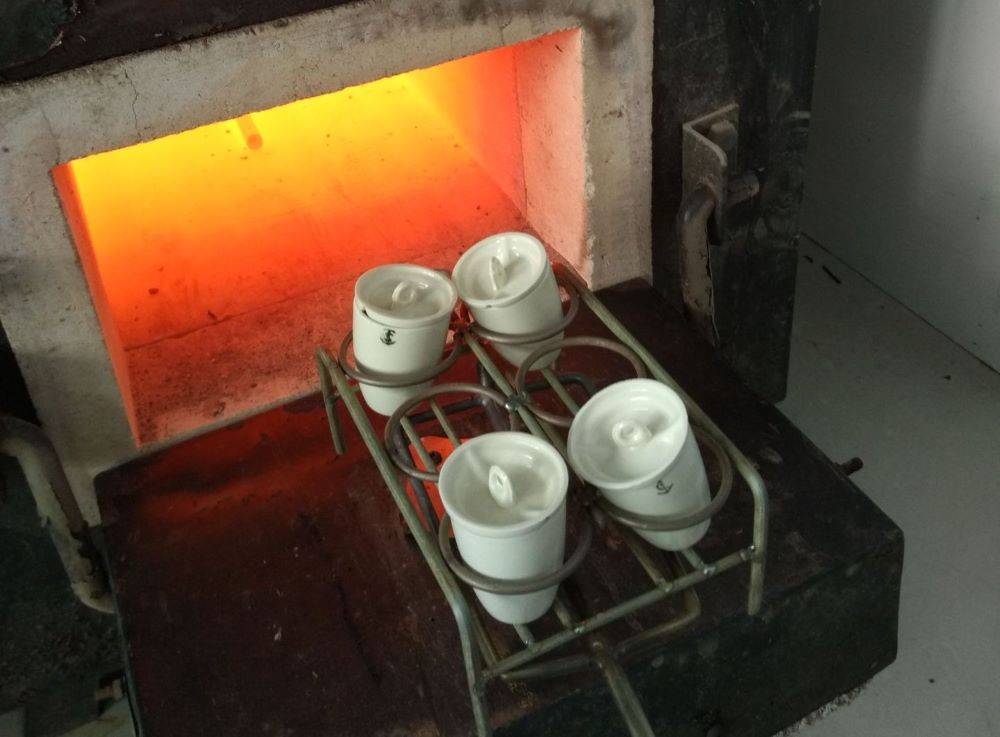
To illustrate, consider the following factors that contribute to the effectiveness of process control and dataization:
- Temperature Consistency: Ensuring that the temperature remains uniform throughout the sintering process is crucial. Fluctuations can lead to variations in product quality.
- Heat Absorption Rate: The rate at which the product absorbs heat affects its structural integrity. A controlled heat absorption rate ensures that the product reaches the desired state without overheating or underheating.
- Duration of Sintering: The length of time the product is exposed to the sintering temperature is another critical factor. Prolonged exposure can lead to over-sintering, while insufficient time can result in incomplete bonding.
| Factor | Importance |
|---|---|
| Temperature | Ensures uniform heating, preventing variations in product quality. |
| Heat Absorption | Aids in achieving the right structural integrity without overheating. |
| Sintering Duration | Guarantees complete bonding without causing over-sintering or under-sintering. |
By meticulously controlling these parameters, manufacturers can achieve a consistent and high-quality output, thereby reducing waste and improving overall efficiency.
Role of Temperature Measuring Ring PTCR
The temperature measuring ring PTCR, despite its compact and lightweight design, plays a pivotal role in ensuring product quality during the sintering process. This device is instrumental in monitoring and controlling the temperature within the alumina crucible, thereby reducing the scrap rate of production. By maintaining precise temperature control, the PTCR ring helps to optimize the sintering process, preventing the unwanted bonding of samples that can occur due to excessive heat.
In the context of sintering, where temperature and time are critical factors, the PTCR ring provides real-time data that allows for immediate adjustments. This proactive approach ensures that the sintering conditions remain within the optimal range, thereby enhancing the overall quality of the end product. The PTCR ring's ability to fine-tune the sintering parameters not only minimizes defects but also supports the consistent production of high-quality materials.
Moreover, the PTCR ring contributes to the efficiency of the manufacturing process by enabling continuous monitoring. This continuous oversight helps in identifying any deviations from the standard sintering conditions early on, allowing for timely corrective actions. As a result, the PTCR ring not only improves the quality of the final product but also enhances the overall productivity of the sintering operation.
Related Products
- Engineering Advanced Fine Alumina Al2O3 Ceramic Crucible for Laboratory Muffle Furnace
- Engineering Advanced Fine Ceramics Alumina Al2O3 Crucible With Lid Cylindrical Laboratory Crucible
- Engineering Advanced Fine Ceramics Alumina Crucibles (Al2O3) for Thermal Analysis TGA DTA
- Arc-Shaped Alumina Ceramic Crucible High Temperature Resistant for Engineering Advanced Fine Ceramics
- Boron Nitride (BN) Crucible for Phosphorous Powder Sintered
Related Articles
- The Effect of Powder Moisture Content on Cold Isostatic Pressing
- Introduction to Various Ceramic Crucibles
- Comprehensive Guide to Atmosphere Furnaces: Types, Applications, and Benefits
- Ceramic Alumina Crucible for Thermal Analysis Test Containers
- Choosing the Right Muffle Furnace for Laboratory Needs

